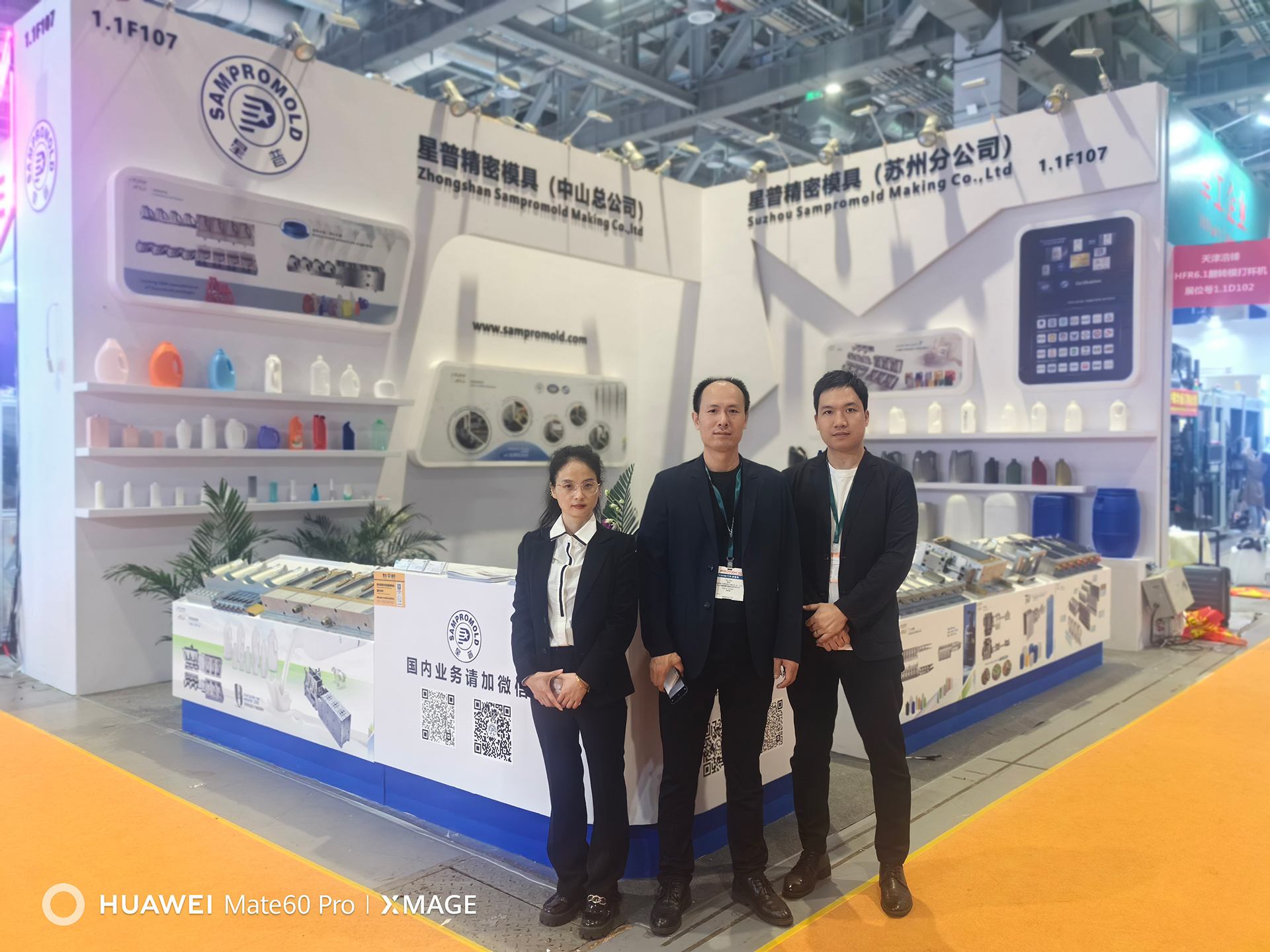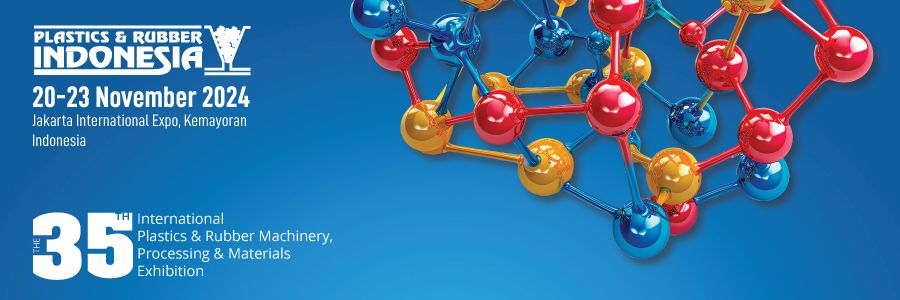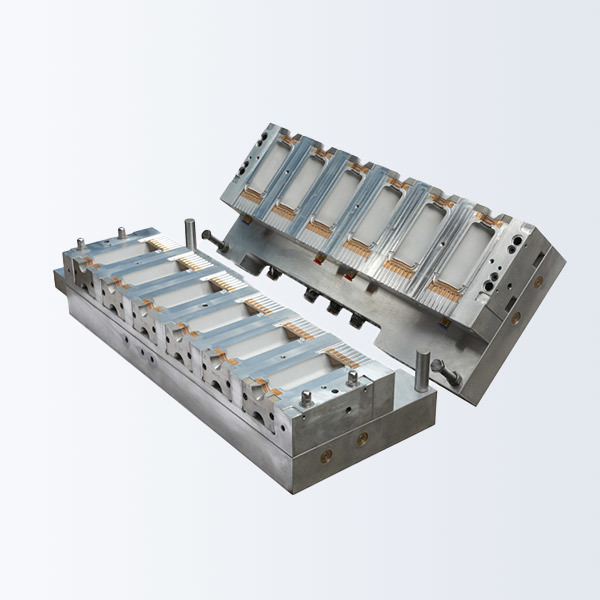Unlocking Efficiency: The Advantages of the Latest Nylon Injection Molds
Time:
2025-03-05
Unlocking Efficiency: The Advantages of the Latest Nylon Injection Molds
Table of Contents
- 1. Introduction to Nylon Injection Molds
- 2. What is Nylon Injection Molding?
- 3. Key Benefits of Using Nylon Injection Molds
- 4. Applications of Nylon Injection Molds
- 5. Innovations in Nylon Injection Molding Technology
- 6. Choosing the Right Nylon Injection Mold
- 7. Maintenance and Care for Nylon Injection Molds
- 8. Frequently Asked Questions
- 9. Conclusion
1. Introduction to Nylon Injection Molds
Nylon injection molding has emerged as a pivotal technology in the manufacturing landscape. As industries strive for increased efficiency and product innovation, the demand for high-performance materials like nylon has surged. This article delves into the various advantages offered by the latest nylon injection molds, shedding light on how they can significantly enhance manufacturing processes across diverse sectors.
2. What is Nylon Injection Molding?
Nylon injection molding is a process that involves melting nylon pellets and injecting the molten material into a mold cavity. Upon cooling, the nylon solidifies into the desired shape. This method is renowned for its ability to produce intricate and precise components, making it ideal for applications that require high levels of performance and durability.
3. Key Benefits of Using Nylon Injection Molds
3.1 Cost Efficiency
One of the most compelling advantages of nylon injection molds is their cost efficiency. The initial investment in high-quality molds may seem significant, but the long-term savings are substantial. Nylon’s properties allow for reduced cycle times, which translates to lower energy consumption and quicker production rates. Additionally, nylon’s resistance to wear and tear reduces the frequency of mold replacements, further enhancing cost-effectiveness.
3.2 Durability and Strength
Nylon is recognized for its exceptional strength-to-weight ratio. This characteristic makes it a preferred choice for applications where durability is critical. Products manufactured using nylon injection molds can withstand significant stress and strain, making them suitable for various demanding environments. The resilience of nylon also contributes to the longevity of the molded parts, reducing the need for frequent replacements and repairs.
3.3 Design Flexibility
The design flexibility afforded by nylon injection molding is unparalleled. Manufacturers can create complex geometries and fine details that are often challenging to achieve with other materials and processes. This flexibility extends to the production of custom shapes and sizes, enabling businesses to meet specific client requirements and market demands with ease.
3.4 Reduced Production Times
In today’s fast-paced market, speed is of the essence. Nylon injection molds can significantly reduce production times compared to traditional manufacturing methods. The quick cooling and solidification of nylon allow for rapid cycle times, enabling businesses to accelerate their output without compromising quality. This efficiency is especially beneficial for industries that require large volumes of parts in a short timeframe.
4. Applications of Nylon Injection Molds
The versatility of nylon injection molds opens doors to a wide array of applications across various industries.
4.1 Automotive Industry
In the automotive sector, nylon injection molds are extensively used for producing components such as gears, clips, and housing parts. The lightweight nature of nylon contributes to overall vehicle efficiency while enhancing performance. Moreover, the durability of nylon makes it ideal for parts that endure high levels of friction and wear.
4.2 Consumer Products
Nylon injection molding plays a crucial role in the consumer products industry. Items such as kitchen utensils, toys, and household appliances leverage the benefits of nylon’s strength and design flexibility. The ability to produce colorful and intricate designs further enhances the appeal of these products in competitive markets.
4.3 Medical Devices
Nylon is also finding its place in the medical device sector. Its biocompatibility and ease of sterilization make it suitable for applications like surgical instruments and prosthetics. With the increasing demand for high-performance medical devices, nylon injection molds provide manufacturers with the tools needed to meet stringent regulatory standards while ensuring product reliability.
5. Innovations in Nylon Injection Molding Technology
Recent advancements in nylon injection molding technology have further enhanced its capabilities. Innovations such as advanced cooling systems, automated processes, and the integration of smart technologies have led to improved precision and consistency in production. These developments not only increase efficiency but also open new avenues for product innovation, allowing manufacturers to explore more complex designs and applications.
6. Choosing the Right Nylon Injection Mold
Selecting the appropriate nylon injection mold is crucial for maximizing efficiency and product quality. Factors to consider include:
- **Material Type**: Different types of nylon (e.g., Nylon 6, Nylon 66) offer distinct properties. Choosing the right type can significantly impact performance.
- **Mold Design**: The intricacy of the design affects the cooling and solidification time. Collaboration with experienced mold designers can help optimize mold functionality.
- **Production Volume**: High-volume production may necessitate the use of more durable molds, while lower volumes might allow for less expensive options.
Collaborating with experts in the field can help ensure that businesses make informed decisions tailored to their specific requirements.
7. Maintenance and Care for Nylon Injection Molds
To ensure longevity and optimal performance, proper maintenance of nylon injection molds is essential. Regular cleaning, inspection for wear, and timely repairs can significantly extend the lifespan of the molds. Implementing a routine maintenance schedule minimizes downtime and ensures consistent production quality.
8. Frequently Asked Questions
What are the advantages of nylon over other materials for injection molding?
Nylon offers superior strength, flexibility, and resistance to wear and impact compared to many other materials. Its lightweight nature also enhances product efficiency.
How does the cost of nylon injection molding compare to other materials?
While the initial investment in nylon molds may be higher, the long-term savings from reduced production times and increased durability make them a cost-effective option.
Can nylon injection molds be customized for specific applications?
Yes, nylon injection molds can be designed to accommodate unique shapes and sizes, allowing for customization based on specific industry needs.
What industries benefit the most from nylon injection molding?
Industries such as automotive, consumer products, and medical devices significantly benefit from nylon injection molding due to its strength, flexibility, and efficiency.
Are there any limitations to using nylon for injection molding?
While nylon is highly beneficial, it may not be suitable for every application, particularly those requiring extreme heat resistance or certain chemical resistances.
9. Conclusion
In conclusion, the latest advancements in nylon injection molds are transforming the manufacturing landscape. With their myriad benefits, including cost efficiency, durability, design flexibility, and reduced production times, nylon injection molds emerge as a superior choice for various industries. As technology continues to evolve, the potential applications and innovations related to nylon injection molding promise to unlock even greater efficiencies and opportunities for businesses. By embracing these advancements, manufacturers can position themselves at the forefront of their industries, meeting the demands of today and tomorrow with confidence.
RELATED NEWS













